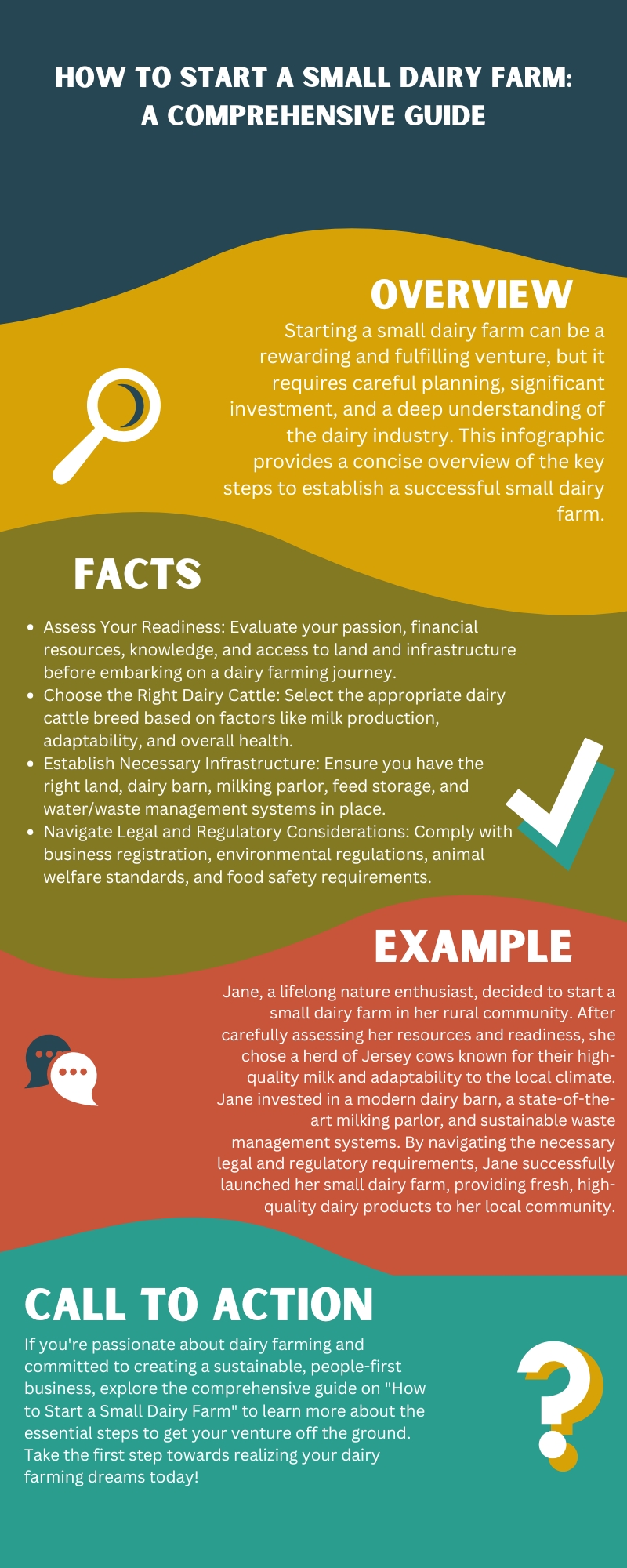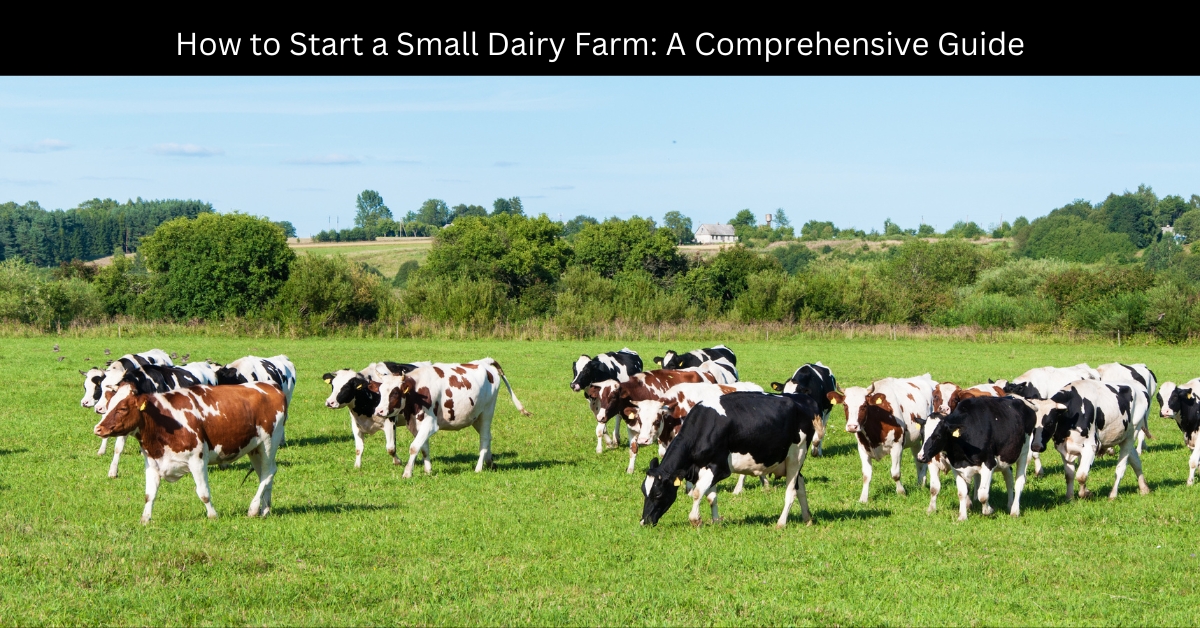Starting a small dairy farm can be a rewarding and fulfilling venture, allowing you to be self-sufficient, produce high-quality dairy products, and contribute to your local community. However, it requires careful planning, significant investment, and a deep understanding of the dairy industry.
In this blog article, we’ll walk you through the key steps to establish a successful small dairy farm that aligns with Google’s guidelines for helpful, reliable, and people-first content.
Key Takeaways:
- Carefully assess your readiness and resources before embarking on a small dairy farm venture.
- Choose the right dairy cattle breed based on factors like milk production, adaptability, and overall health.
- Establish the necessary infrastructure, including land, dairy barn, milking parlor, and waste management systems.
- Develop a comprehensive herd management plan covering breeding, health, feeding, and record-keeping.
- Understand and comply with the legal and regulatory requirements for dairy farming in your area.
- Explore diverse marketing channels, such as direct-to-consumer sales, wholesale partnerships, and e-commerce, to sell your dairy products.
- Focus on sustainability and continuous improvement to ensure the long-term success of your small dairy farm.
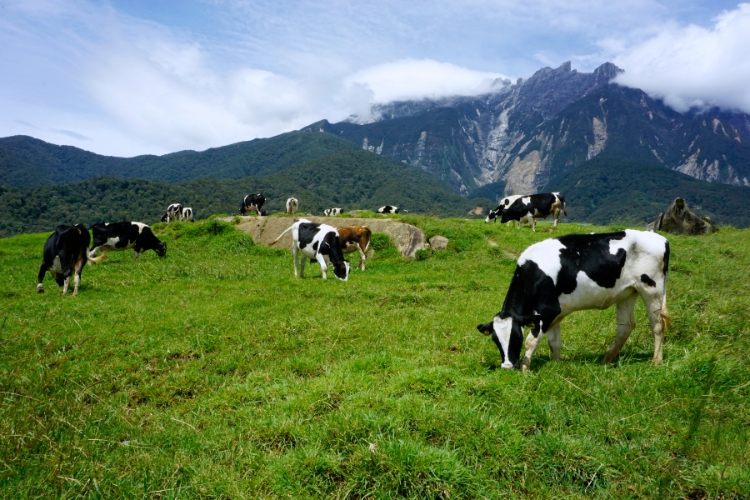
Assessing Your Readiness
Before embarking on your dairy farming journey, evaluating your readiness and determining if this endeavor is the right fit for you is essential. Consider the following questions:
- Do you have a genuine interest and passion for dairy farming?
- Do you have the necessary financial resources to invest in the initial setup and ongoing operational costs?
- Do you possess the required knowledge and skills, or are you willing to acquire them through training and education?
- Do you have access to suitable land, facilities, and infrastructure to accommodate a dairy farm?
- Are you prepared to commit the time and physical labor required to manage a dairy farm effectively?
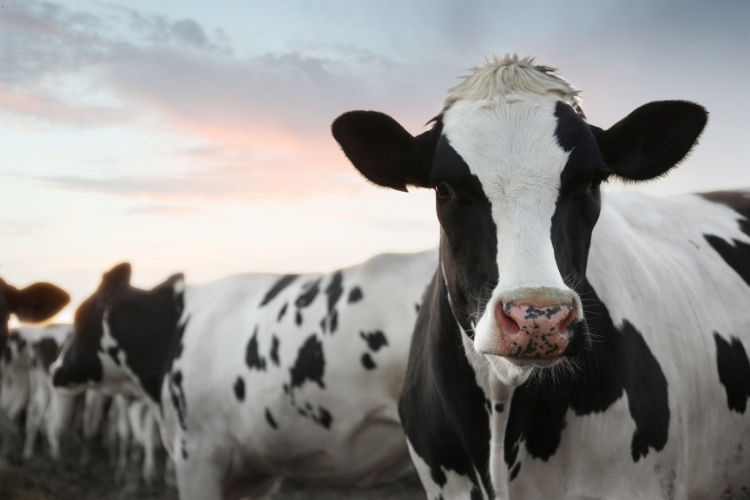
Choosing the Right Dairy Cattle
Selecting the appropriate dairy cattle breed is crucial for the success of your small farm. Consider factors such as milk production, adaptability to your local climate, and overall health and temperament. Popular dairy breeds include Holstein, Jersey, Guernsey, and Brown Swiss. Conduct thorough research to determine the breed that best aligns with your goals and resources.
Table: Comparison of Common Dairy Cattle Breeds
| Breed | Milk Production | Fat Content | Protein Content | Adaptability |
|---|---|---|---|---|
| Holstein | High | Medium | Medium | Adaptable to various climates |
| Jersey | Medium-High | High | High | Thrives in temperate climates |
| Guernsey | Medium | High | High | Tolerant of heat and humidity |
| Brown Swiss | Medium-High | High | High | Well-suited for cooler climates |
Establishing Your Dairy Farm Infrastructure
Constructing the necessary infrastructure is a crucial step in starting a small dairy farm. This includes:
- Land and Pasture: Ensure you have access to sufficient land to accommodate your dairy herd, including pasture areas for grazing and outdoor exercise.
- Dairy Barn: Design and build a well-ventilated, climate-controlled dairy barn to house your cows and facilitate milking operations.
- Milking Parlor: Invest in a modern milking parlor equipped with the necessary equipment, such as milking machines and cooling systems, to ensure efficient and hygienic milk production.
- Feed Storage and Preparation: Construct facilities to store and prepare feed for your dairy herd, including silos, hay barns, and mixing equipment.
- Water and Waste Management: Ensure access to a reliable water source and implement a comprehensive waste management system to maintain a clean and sustainable environment.
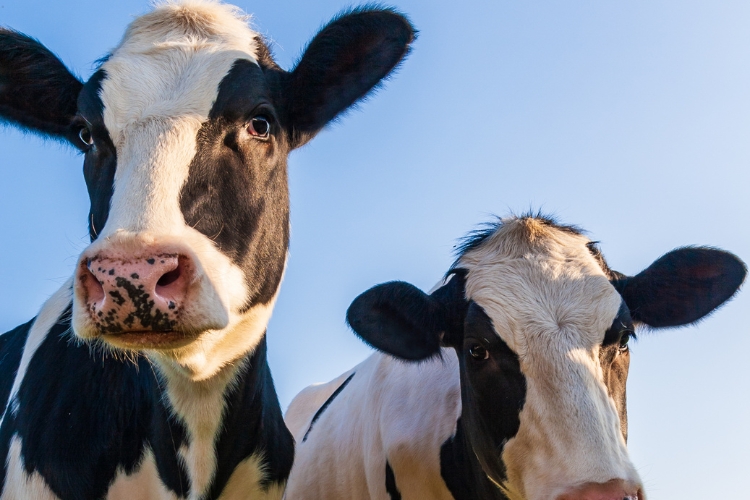
Developing a Herd Management Plan
Effective herd management is crucial for the health, productivity, and well-being of your dairy cattle. Develop a comprehensive plan that addresses the following aspects:
- Herd Size and Expansion: Determine the optimal herd size based on your available resources and gradually expand as your operation grows.
- Breeding and Reproduction: Implement a breeding program that focuses on improving genetic traits, such as milk production and disease resistance.
- Health and Veterinary Care: Establish a partnership with a knowledgeable veterinarian to develop a proactive health care plan, including vaccination protocols, disease prevention, and treatment strategies.
- Feeding and Nutrition: Formulate a balanced diet that meets the nutritional requirements of your dairy herd, incorporating high-quality forage, grains, and supplements.
- Record-Keeping: Maintain detailed records of your dairy herd’s health, production, and breeding history to support informed decision-making and meet regulatory requirements.
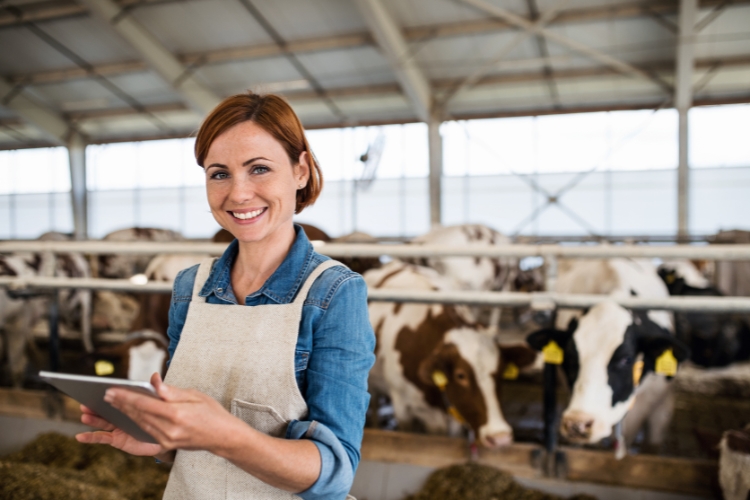
Navigating Legal and Regulatory Considerations
Dairy farming is a highly regulated industry, and it’s essential to familiarize yourself with the relevant laws and regulations in your area. This includes:
- Business Registration and Licensing: Register your dairy farm as a legal business entity and obtain the necessary permits and licenses, such as a dairy production license and a sales tax permit.
- Environmental Regulations: Comply with environmental regulations related to waste management, water usage, and air quality to ensure your dairy farm operates in an environmentally sustainable manner.
- Animal Welfare Standards: Adhere to animal welfare guidelines and best practices to ensure the humane treatment of your dairy cattle.
- Food Safety and Labeling: Understand and follow food safety regulations, including requirements for milk pasteurization, product labeling, and traceability.
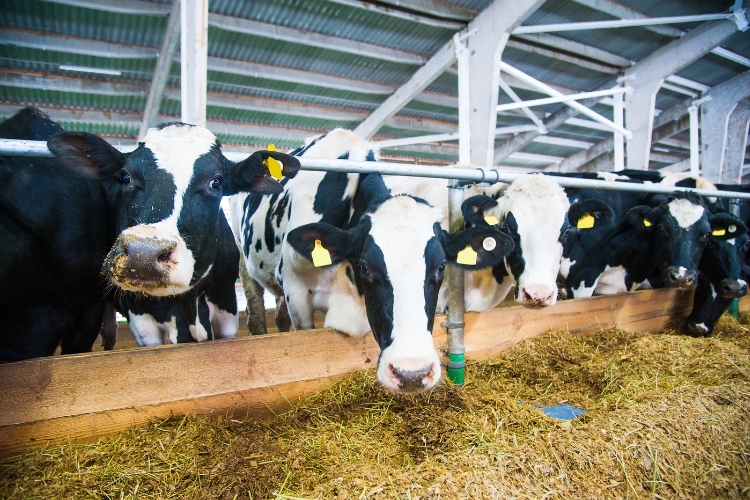
Marketing and Selling Your Dairy Products
Once your dairy farm is up and running, you’ll need to develop a comprehensive marketing strategy to sell your products effectively. Consider the following options:
- Direct-to-Consumer Sales: Establish on-farm sales outlets, such as a farm stand or a dairy processing facility, to sell your products directly to consumers.
- Wholesale Partnerships: Explore partnerships with local retailers, grocery stores, or specialty food shops to distribute your dairy products to a wider customer base.
- Farmers’ Markets and Community Supported Agriculture (CSA): Participate in local farmers’ markets or establish a CSA program to connect with health-conscious consumers who value locally sourced, high-quality dairy products.
- Online Sales and E-Commerce: Leverage the power of the internet by creating an e-commerce platform to sell your dairy products to customers across a broader geographic area.
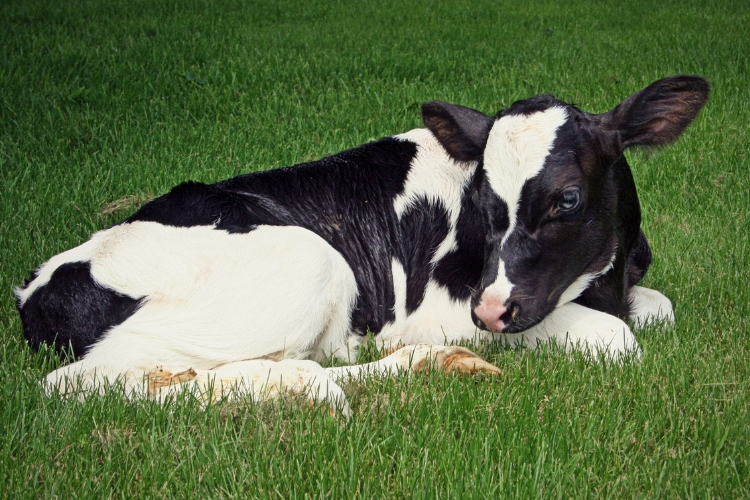
Ensuring Sustainability and Growth
To maintain the long-term success of your small dairy farm, it’s essential to focus on sustainability and continuous improvement. Consider the following strategies:
- Implementing Sustainable Practices: Adopt environmentally friendly practices, such as manure composting, renewable energy sources, and water conservation, to reduce your farm’s environmental impact.
- Diversifying Your Product Offerings: Expand your product line by exploring value-added dairy products, such as cheese, yogurt, or ice cream, to cater to a wider range of customer preferences.
- Fostering Community Engagement: Actively engage with your local community through educational farm tours, school visits, or hosting community events to build brand awareness and foster a connection with your customers.
- Continuous Learning and Improvement: Stay up-to-date with the latest industry trends, technologies, and best practices by attending workshops, and conferences, or seeking mentorship from experienced dairy farmers.
Conclusion
Starting a small dairy farm is a rewarding and challenging endeavor that requires careful planning, dedication, and a deep understanding of the dairy industry. By following the guidelines outlined in this blog article, you can establish a successful and sustainable dairy farm that aligns with Google’s principles for helpful, reliable, and people-first content.
Remember, building a thriving dairy farm is a journey, and with the right approach, you can create a lasting legacy for yourself and your community.
FAQs:
- What are the key factors to consider when choosing a dairy cattle breed for a small farm?
When selecting a dairy cattle breed for a small farm, the primary factors to consider include milk production, fat and protein content, adaptability to your local climate, and overall health and temperament. Popular breeds like Holstein, Jersey, Guernsey, and Brown Swiss each have unique characteristics that may be better suited to your specific needs and resources. - How much land and infrastructure is required to start a small dairy farm?
The amount of land and infrastructure needed for a small dairy farm can vary depending on factors such as your herd size, grazing requirements, and the specific facilities needed for milking, feed storage, and waste management. As a general guideline, you’ll need access to sufficient pasture land, a well-designed dairy barn, a modern milking parlor, and the necessary equipment and storage for feed and waste handling. - What are the key legal and regulatory considerations for starting a small dairy farm?
Dairy farming is a highly regulated industry, and it’s essential to familiarize yourself with the relevant laws and regulations in your area. This includes registering your business, obtaining the necessary permits and licenses (e.g., dairy production license, sales tax permit), complying with environmental regulations, adhering to animal welfare standards, and ensuring food safety and labeling requirements are met. - How can a small dairy farmer effectively market and sell their dairy products?
Small dairy farmers can explore various marketing channels to sell their products, such as direct-to-consumer sales (e.g., farm stand, on-farm processing facility), wholesale partnerships with local retailers or specialty food shops, participation in farmers’ markets or community-supported agriculture (CSA) programs, and leveraging e-commerce platforms for online sales. Diversifying your product offerings, engaging with the local community, and continuously learning and improving your practices can also help ensure the long-term success of your small dairy farm.
